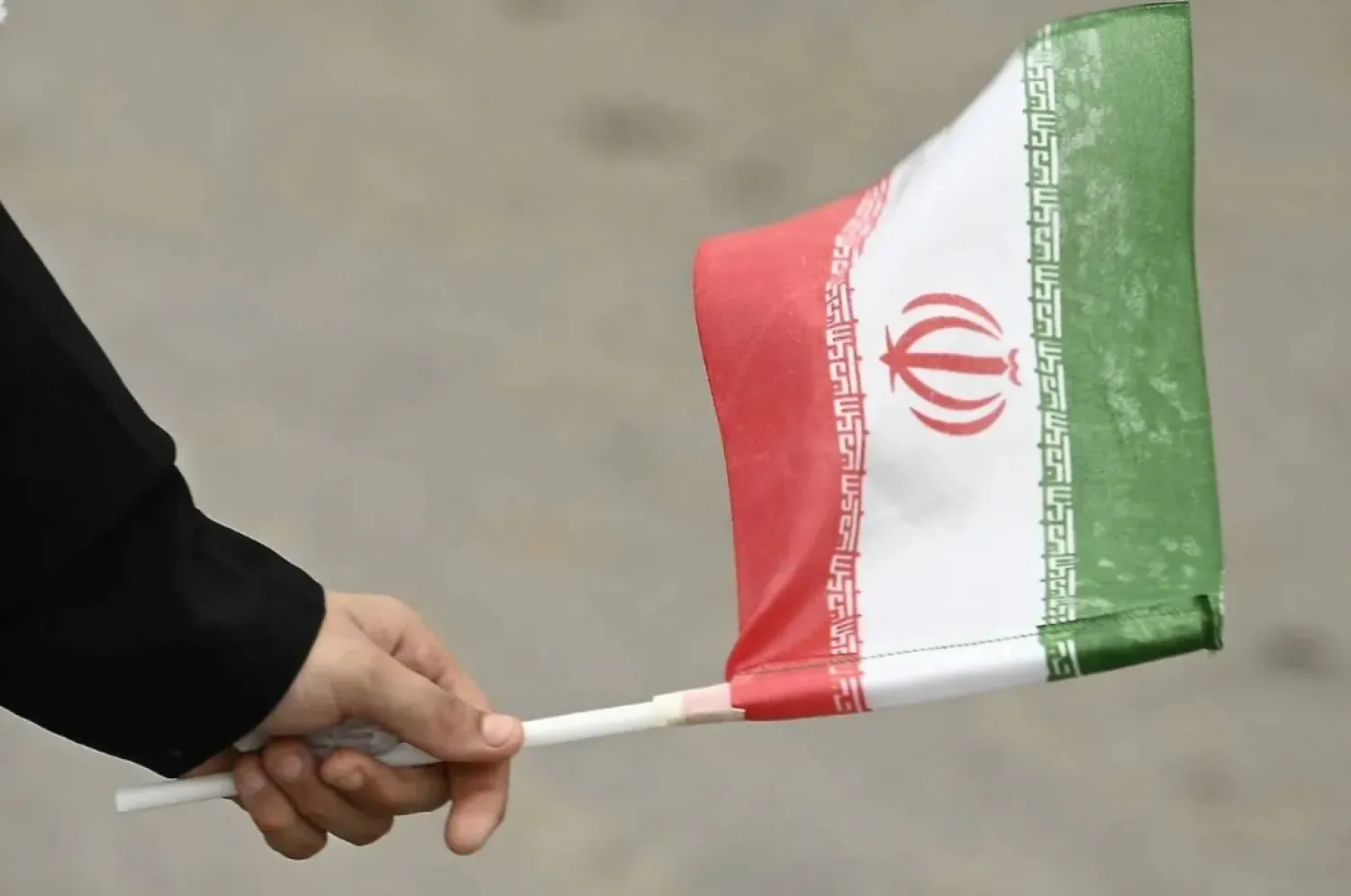Families of victims of an airliner crash in Brazil are gathering Sunday at a morgue and hotels in Sao Paulo as forensics experts work to identify the remains of the 62 people killed in the accident.
Local authorities said the bodies of the pilot, Danilo Santos Romano, and his co-pilot, Humberto de Campos Alencar e Silva, were the first to be identified by forensics experts.
Sao Paulo state government said in a statement Saturday evening that the remains of all the victims had been recovered, The Associated Press reported. There were 34 male and 28 female bodies in the wreckage, it said.
The ATR 72 twin-engine turboprop operated by Brazilian airline Voepass was headed for Guarulhos international airport in Sao Paulo with 58 passengers and four crew members when it went down Friday in Vinhedo, 78 kilometers (49 miles) north of the metropolis. Voepass said three passengers who held Brazilian identification also carried Venezuelan documents and one had Portuguese.
Sao Paulo’s morgue began receiving the bodies Friday evening, and it asked victims’ relatives to bring in medical, X-ray and dental records to help identify the bodies. Blood tests were also done to help identification efforts.
Residents said there were no injuries on the ground.
It was the world's deadliest airline crash since January 2023, when 72 people died on a Yeti Airlines plane in Nepal that stalled and crashed while making its landing approach. That plane also was an ATR 72, and the final report blamed pilot error.
Brazilian aviation expert Lito Sousa cautioned that meteorological conditions alone might not be enough to explain why the Voepass plane fell in the manner it did Friday.
“Analyzing an air crash just with images can lead to wrong conclusions about the causes,” Sousa told The Associated Press by phone. “But we can see a plane with loss of support, no horizontal speed. In this flat spin condition, there’s no way to reclaim control of the plane.”
Brazil’s air force said Saturday that both of the plane’s flight recorders had been sent to its analysis laboratory in the capital, Brasilia. The results of its investigations are expected to be published within 30 days, it said.









